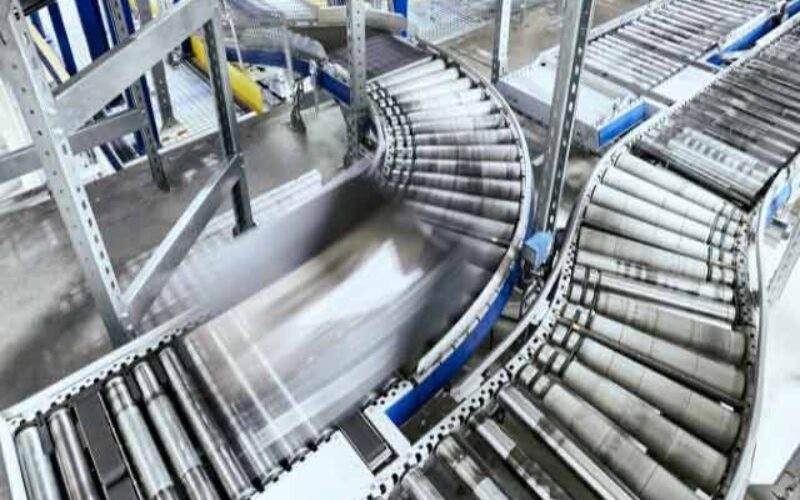Whether it’s a belt, a chute, or a little motorized vehicle that moves from point A to point B, a conveyor system can be a boon to any warehouse. This form of automation greatly simplifies logistics operations and allows you to run a safer, faster, and more cost-effective building. Here are just a few of the benefits of adding conveyors to your warehouse.
Fewer Injuries
Most warehouses don’t specialize in stocking pillows. That means that most stock items are anything but light. One of the most common causes of warehouse injuries is the mishandling of heavy packaging. That’s where conveyors come in.
When fewer people have to carry inventory over long distances, workplace injuries decrease significantly. And when there are fewer injuries on the job, workers are happier and, best of all, the company saves money. Installing a conveyor system in your warehouse takes heavy objects out of workers’ hands and keeps braces off their backs—all while keeping additional expenses off the books.
Faster Movement
Similarly, humans can only work so fast. A conveyor system can speed things up greatly, allowing your warehouse to process more inventory per day than it could before.
Motorized conveyor systems can outpace forklifts and feet with ease. At the same time, they accelerate operations in one specific area—the transport of goods.
Easier Multi-Floor Management
What’s busier than a warehouse floor? A warehouse with two floors. When your warehousing facility has an upper and lower level, getting goods back to the ground floor can be unnecessarily complex.
Conveyor systems that span both stories greatly simplify this aspect of your operations, allowing workers to place packages on the conveyor belt to send them down. Using such a setup is less expensive than an elevator and simpler than a staircase.
More Efficient Use of Space
There’s only so much space on your warehouse floor. Therefore, it’s incumbent upon you to allocate your square footage as intelligently as possible. While adding a conveyor system may seem like it would waste precious space at first, the opposite is true.
By supplanting human-operated machinery, conveyors require less space than the aisles you’ve designed for forklifts and picking machines. By narrowing each aisle, you may find that you have room for an additional rack or two. That’s how you can use space intelligently.
Moreover, adding durable systems, like metal conveyor belts can also increase warehouse operations. These belts can take on heavy loads and continuous use, making them ideal for such large-volume environments. By investing in strong solutions, you can focus on improving the efficiency of your material handling process.
Reduction of the Human Element
People make mistakes. Usually, that’s okay, albeit frustrating and costly. With automated conveyor systems in place, though, those mistakes become few and far between. One of the benefits of adding conveyors to your warehouse is that you can mitigate human error in your operations.
When team members delegate the inventory transport to the conveyors, goods are far more likely to arrive where and when they should. If mistakes do still happen with a human workforce, they can be of a more innocuous variety. Think along the lines of the error of ordering pizza for lunch on back-to-back days.
image credit: Adobe Stock
-------------------------------------------------------------------------------------------------------------
-------------------------------------------------------------------------------------------------------------
home remodeling reference (links to internal page)
 |
 |
 |
 |
| directory | photos | forms | guide |
Helpful article? Leave us a quick comment below.
And please share this article within your social networks.










